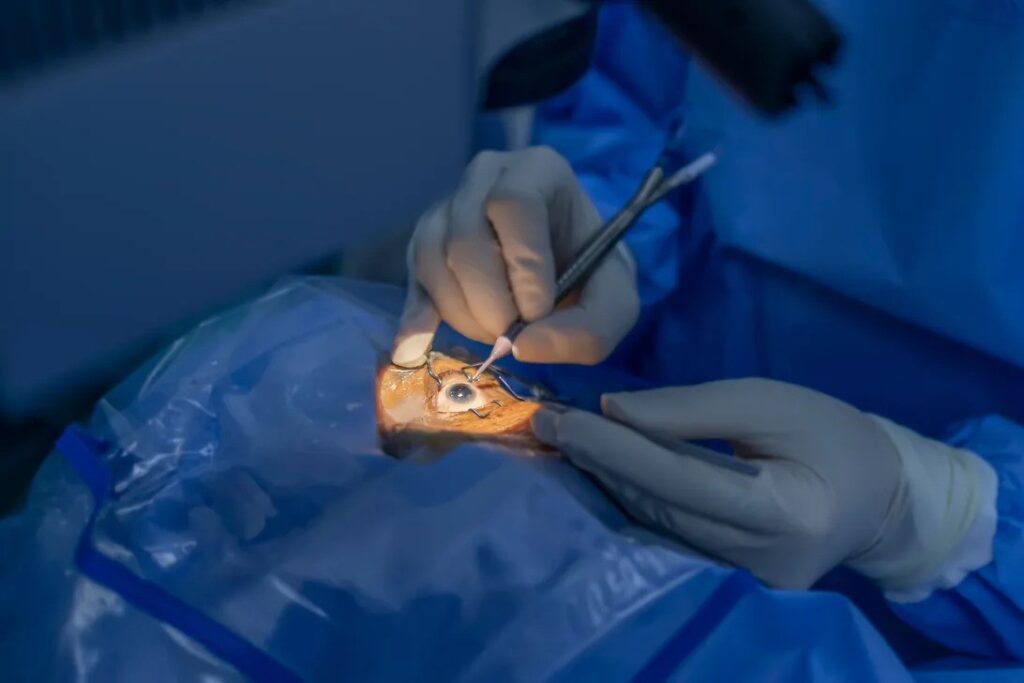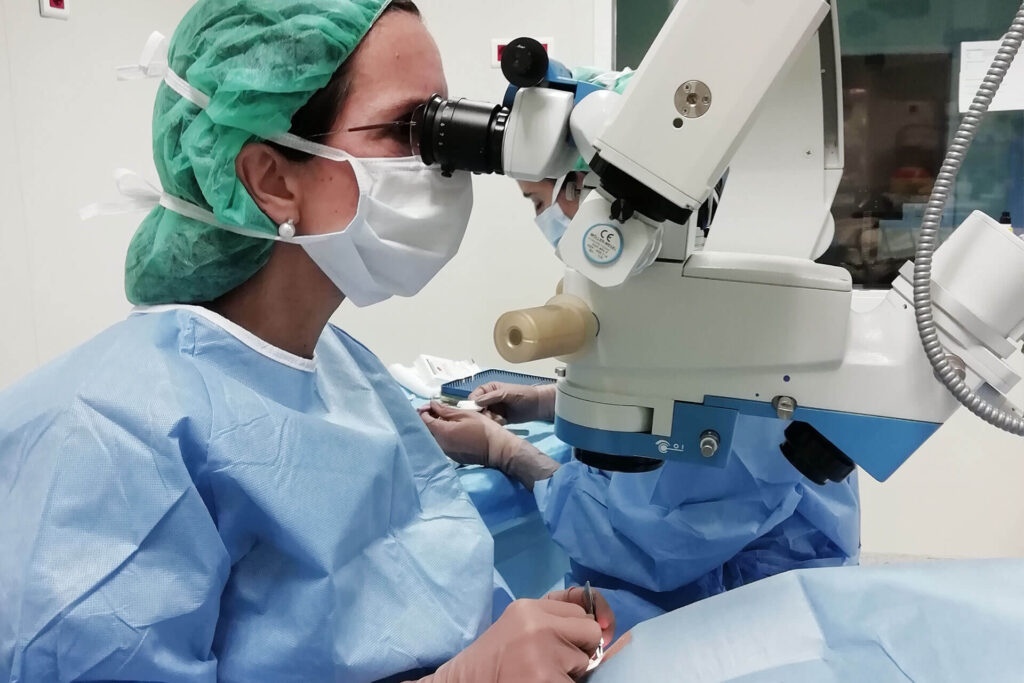Glaucoma is one of the leading causes of blindness worldwide, and its silent nature makes it especially dangerous. Often called the “sneak thief of sight,” glaucoma progresses slowly without obvious warning signs until significant damage has occurred. Understanding the early symptoms of glaucoma is crucial to preserving your vision and seeking timely medical intervention.
In this article, we will discuss the early signs of glaucoma, the importance of regular eye exams, and how early detection can help prevent vision loss.
What Is Glaucoma?
Glaucoma refers to a group of eye conditions that damage the optic nerve, which is essential for vision. The damage is typically caused by abnormally high pressure in the eye. While it most commonly affects older adults, glaucoma can develop at any age and can lead to irreversible blindness if left untreated. There are two main types of glaucoma: open-angle glaucoma and angle-closure glaucoma. Each type manifests differently, but both can result in vision loss.
Understanding the Importance of Early Detection
The key to preventing severe vision loss from glaucoma is early detection. Unfortunately, the early symptoms of glaucoma can be subtle, often going unnoticed until significant damage has already been done. This makes regular eye examinations, especially for high-risk individuals, essential. The earlier glaucoma is diagnosed, the more likely it is that treatment will be successful in slowing the progression of the disease.
One of the most common questions asked is: What are the early symptoms of glaucoma?
Key Early Symptoms of Glaucoma
1. Gradual Loss of Peripheral Vision
One of the earliest signs of open-angle glaucoma, the most common type, is a gradual loss of peripheral vision. This symptom often goes unnoticed until significant vision has been lost. Individuals may start to notice they are bumping into objects on the sides or have difficulty seeing things out of the corner of their eyes.
Peripheral vision loss tends to progress slowly, so it’s vital to pay attention to any subtle changes in your visual field. Symptoms of glaucoma may begin as small blind spots, but they can expand over time, leading to “tunnel vision.”
2. Blurred Vision
Blurred vision is another potential symptom of glaucoma, particularly in its early stages. If you notice that your vision is becoming cloudy or unclear, and it doesn’t improve with corrective lenses, it could be a sign of increased eye pressure. This symptom may come and go in the beginning, but it can become more pronounced as the disease progresses.
3. Halos Around Lights
Seeing halos or rainbow-colored rings around lights, especially at night, is a common symptom of angle-closure glaucoma. This form of glaucoma can cause a sudden increase in eye pressure, which leads to vision disturbances like halos. If this symptom appears suddenly, it could indicate a medical emergency, and immediate treatment is needed to prevent vision loss.
4. Eye Pain and Headaches
Eye pain and headaches, particularly when they occur together, are signs that should never be ignored. In angle-closure glaucoma, eye pressure rises rapidly, causing intense pain and discomfort. This is often accompanied by a throbbing headache, nausea, and vomiting. If you experience these symptoms, seek urgent medical care to avoid permanent damage to your optic nerve.
5. Redness in the Eyes
While red eyes are often associated with irritation or infections like conjunctivitis, they can also be a symptom of glaucoma. Persistent redness, especially if accompanied by eye pain, blurry vision, or headaches, may indicate a rise in intraocular pressure, a hallmark of glaucoma.
Related: Key Factors and Questions about How to Choose the Best Glaucoma Surgeon

Why You Shouldn’t Ignore These Symptoms
Early symptoms of glaucoma, like those mentioned above, often go unnoticed or are mistaken for less severe conditions. As a result, glaucoma may not be diagnosed until the optic nerve has already suffered significant damage. By the time noticeable vision loss occurs, the disease has progressed to a stage where reversing the damage is no longer possible.
If you suspect any of these symptoms, particularly if you are over the age of 40 or have a family history of glaucoma, it’s important to consult an eye specialist. They can conduct tests to measure your eye pressure, evaluate your optic nerve, and identify any early signs of glaucoma.
Who Is at Risk for Glaucoma?
While anyone can develop glaucoma, certain factors increase the risk. High-risk individuals should be particularly vigilant in monitoring their eye health and undergoing regular eye exams.
- Age: People over 60 are at higher risk of developing glaucoma.
- Family History: If glaucoma runs in your family, you have a higher chance of developing the disease.
- Medical Conditions: Conditions like diabetes, high blood pressure, and heart disease are associated with an increased risk of glaucoma.
- Eye Injuries: Trauma to the eye, particularly that which causes bleeding or swelling, can lead to glaucoma.
- Long-Term Use of Steroids: Prolonged use of corticosteroid medications, especially eye drops, can increase eye pressure and lead to glaucoma.
- Ethnicity: African-Americans, Hispanics, and people of Asian descent are more susceptible to different forms of glaucoma.
Diagnosis and Treatment
How Is Glaucoma Diagnosed?
Early diagnosis of glaucoma is crucial in preventing vision loss. Your eye doctor will use several tests to determine if you have glaucoma:
- Tonometry: Measures the pressure inside your eye.
- Ophthalmoscopy: Examines the shape and color of your optic nerve.
- Perimetry: Tests for peripheral vision loss.
- Gonioscopy: Examines the angle where your iris meets your cornea.
Treatment Options
While glaucoma cannot be cured, its progression can be slowed with proper treatment. Common treatments include:
- Prescription Eye Drops: These help reduce eye pressure by improving fluid drainage or decreasing fluid production.
- Laser Therapy: Laser surgery can improve fluid drainage from the eye, reducing pressure.
- Surgery: If other treatments are ineffective, surgery may be necessary to create a new drainage path for eye fluid.

Prevention Tips for Maintaining Eye Health
Even if you don’t currently show symptoms of glaucoma, there are steps you can take to protect your vision:
- Regular Eye Exams: Annual eye checkups can help detect glaucoma early.
- Control Health Conditions: If you have diabetes or high blood pressure, work with your doctor to manage these conditions.
- Protect Your Eyes: Wear protective eyewear when playing sports or working in environments that pose a risk of eye injuries.
- Exercise Regularly: Moderate exercise can reduce eye pressure and improve overall eye health.
- Know Your Family History: Be aware of your family’s medical history and discuss your risk with your eye doctor.
Conclusion
Glaucoma is a serious eye condition that can lead to irreversible blindness if left untreated. Recognizing the early symptoms of glaucoma and understanding your risk factors are the first steps in preserving your vision. If you suspect any of the key symptoms—such as peripheral vision loss, blurry vision, or eye pain—consult an eye specialist immediately. By doing so, you can protect your sight and ensure a higher quality of life in the long term.
By paying attention to early warning signs and maintaining regular eye health checkups, individuals can manage glaucoma effectively and prevent severe vision loss. Stay informed, and take action before it’s too late.

